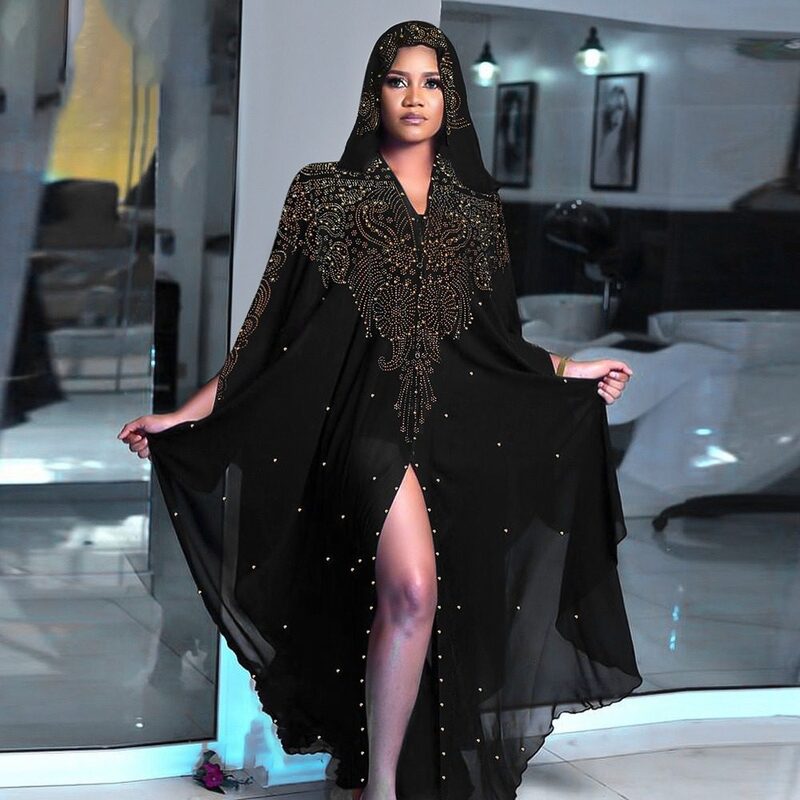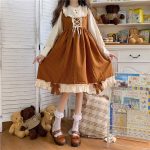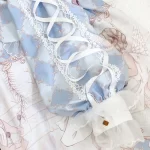The abaya dress, a flowing, typically full-length garment worn by many Muslim women, has a rich history and enduring presence. It represents far more than just clothing; it’s a symbol of modesty, cultural identity, and evolving fashion. From its traditional roots to its modern interpretations, the abaya continues to captivate and inspire. Its adaptability allows it to seamlessly transition from everyday wear to special occasions, showcasing its versatility and timeless appeal. This article will delve into the history, cultural significance, and contemporary expressions of the abaya, exploring its profound impact on fashion and identity. Furthermore, we’ll examine the diverse styles, fabrics, and embellishments that make each abaya a unique reflection of personal style and cultural heritage. Finally, we will discuss the future of this iconic garment and how it continues to evolve in the modern world, embracing both tradition and contemporary trends.
The Abaya’s Enduring Legacy
The abaya’s roots trace back centuries, interwoven with the cultural and religious traditions of the Middle East. Its origins can be found in the pre-Islamic era, where loose, flowing garments provided protection from the harsh desert climate. Over time, the abaya evolved, becoming associated with modesty and piety within Islamic culture. Initially, the abaya was typically black, reflecting the simplicity and practicality valued in many Muslim communities. However, over the centuries, the abaya has been reimagined and adapted, reflecting the diverse cultural influences and personal expressions of the women who wear it.
Traditional Interpretations
Traditional abayas are often characterized by their simple, flowing silhouettes and solid black color. They are typically made from lightweight, breathable fabrics like crepe or linen, offering comfort in warm climates. These classic abayas often feature minimal embellishments, focusing on the elegance of the flowing fabric and the modesty it represents. The traditional abaya serves as a timeless representation of cultural heritage, embodying the principles of modesty and respect. It is often paired with a headscarf, or hijab, further emphasizing these values.
Evolution Over Time
Despite its deep-rooted traditions, the abaya has also undergone significant evolution over time. While the core principle of modesty remains, contemporary interpretations have embraced different colors, fabrics, and embellishments. This evolution reflects the dynamic nature of culture and fashion, showcasing how tradition can be beautifully blended with modern aesthetics. Moreover, the adoption of new materials and designs has expanded the versatility of the abaya, making it suitable for a wider range of occasions.
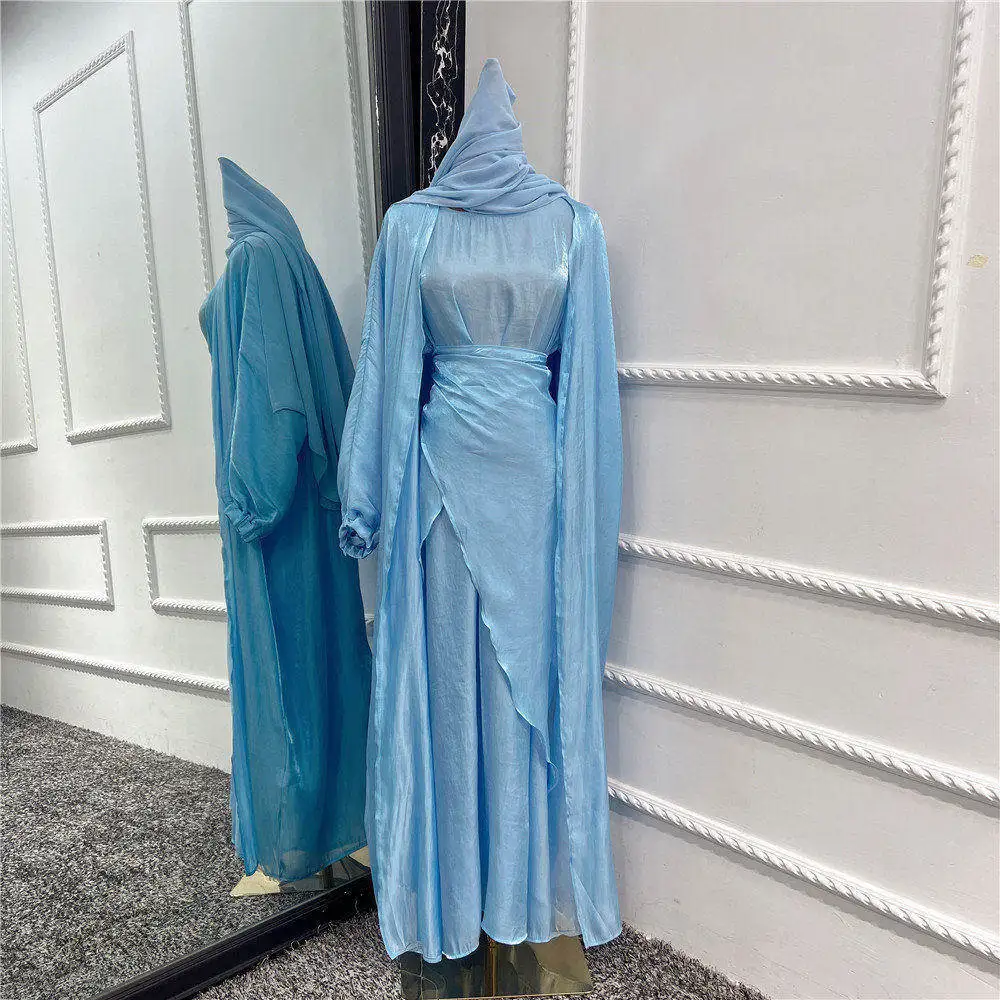
The Abaya in Modern Fashion
The abaya has transitioned from a traditional garment to a fashion statement, embraced by designers and influencers globally. This shift has led to an explosion of creativity, with designers incorporating modern silhouettes, vibrant colors, and intricate embellishments. From runway shows to street style, the abaya has become a symbol of empowerment and self-expression for women around the world. In addition, the rise of social media has played a significant role in popularizing the abaya, showcasing its versatility and beauty to a global audience.
Embracing Diversity in Design
Modern abayas showcase a stunning array of designs, catering to diverse tastes and preferences. Designers are experimenting with different cuts, fabrics, and embellishments, pushing the boundaries of traditional styles. This includes incorporating elements like embroidery, lace, beading, and even feathers, adding a touch of luxury and individuality to each piece. Moreover, the use of different fabrics, from luxurious silks to lightweight chiffons, adds another layer of dimension and sophistication to modern abaya designs.
A Canvas for Self-Expression
The abaya has become a powerful tool for self-expression, allowing women to showcase their individuality while adhering to their cultural values. It’s a testament to how fashion can be both modest and expressive, challenging preconceived notions and breaking down stereotypes. Through the choice of color, fabric, embellishment, and styling, women can curate their own unique look, reflecting their personal style and cultural heritage. The abaya empowers women to embrace their identity and celebrate their individuality.
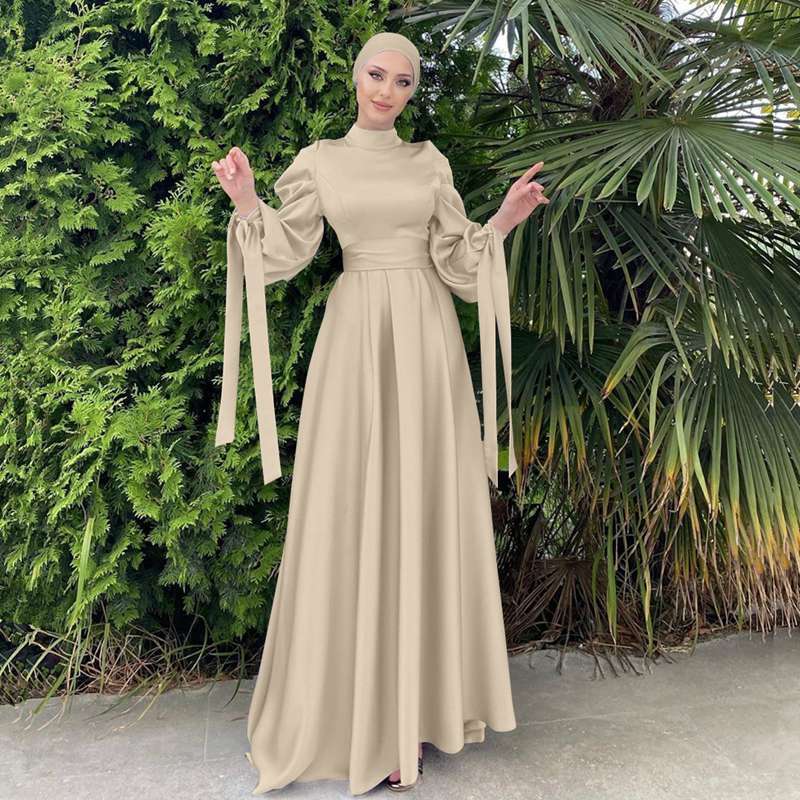
The Significance of the Abaya
Symbol of Modesty
For many Muslim women, the abaya represents a commitment to modesty and religious observance. It serves as a visible expression of their faith and a reminder of their spiritual values. Moreover, the abaya provides a sense of comfort and protection in public spaces. Furthermore, it allows women to navigate their daily lives while adhering to their personal beliefs. Consequently, the abaya is not merely a piece of clothing, but a powerful symbol of religious identity and personal conviction. In addition, the act of wearing the abaya can be a source of empowerment for women, affirming their agency and their right to express their faith.
Expression of Identity
Beyond its religious significance, the abaya also serves as a powerful expression of cultural and personal identity. It can be a symbol of belonging within a community and a way to connect with one’s heritage. Furthermore, the abaya provides a platform for women to express their individual style and creativity. Through the choice of fabric, color, and embellishments, women can personalize their abayas and make them their own. Moreover, the abaya can be a powerful tool for self-expression, allowing women to communicate their values and beliefs to the world. Consequently, the abaya represents more than just clothing; it embodies a complex interplay of faith, culture, and individuality.
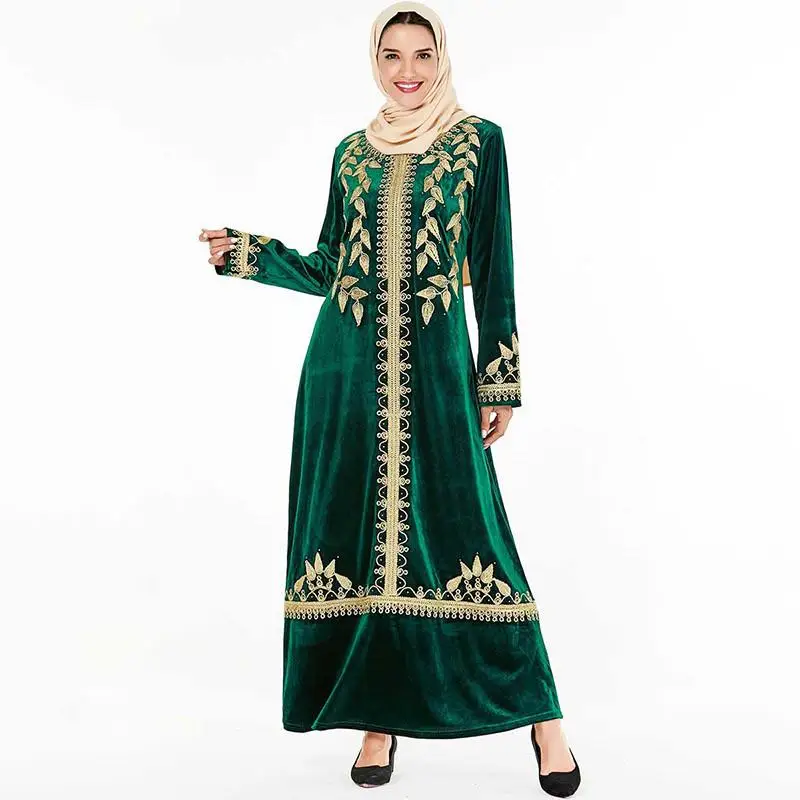
The Abaya Beyond Borders
The abaya’s influence extends far beyond its traditional geographical boundaries. It has become a recognized and celebrated garment in fashion circles around the world. This global recognition has fostered cross-cultural exchange and appreciation, highlighting the beauty and versatility of modest fashion. Furthermore, the growing demand for abayas internationally has created opportunities for designers and businesses, contributing to economic growth and cultural exchange.
Global Recognition and Influence
The abaya’s presence on international runways and in fashion magazines has solidified its status as a global fashion icon. Designers from diverse backgrounds are incorporating the abaya into their collections, showcasing its adaptability and potential for innovation. This global recognition has helped to break down stereotypes and foster a greater understanding of modest fashion, showcasing its elegance and sophistication to a wider audience.
Bridging Cultures Through Fashion
The abaya serves as a bridge between cultures, fostering dialogue and understanding through the shared language of fashion. It allows women from different backgrounds to connect and celebrate their shared values, promoting inclusivity and respect. The abaya’s presence in the global fashion scene has also helped to challenge Western-centric beauty standards, promoting a more diverse and inclusive representation of beauty.

The Future of the Abaya
The abaya’s journey is far from over. It continues to evolve, embracing new trends and technologies while staying true to its core values. As designers continue to push boundaries and explore new possibilities, the abaya’s future is bright, promising even more innovative and expressive designs. Moreover, the increasing demand for sustainable and ethically produced fashion is likely to shape the future of abaya production, emphasizing environmentally conscious practices.
Sustainability and Ethical Production
The future of the abaya is likely to be intertwined with a growing emphasis on sustainability and ethical production. Consumers are becoming increasingly conscious of the environmental and social impact of their fashion choices, demanding transparency and responsible practices from brands. This shift towards sustainable practices will likely lead to the use of eco-friendly materials, ethical sourcing, and fair labor practices in the production of abayas.
Innovation and Technological Integration
Technology is also poised to play a significant role in the future of the abaya. From innovative fabrics to online customization platforms, technology is opening up new possibilities for design, production, and accessibility. We may see the integration of smart textiles, personalized designs, and virtual try-on experiences, further enhancing the abaya’s versatility and appeal. This integration of technology will not only enhance the consumer experience but also contribute to the evolution of the abaya as a modern and dynamic garment.
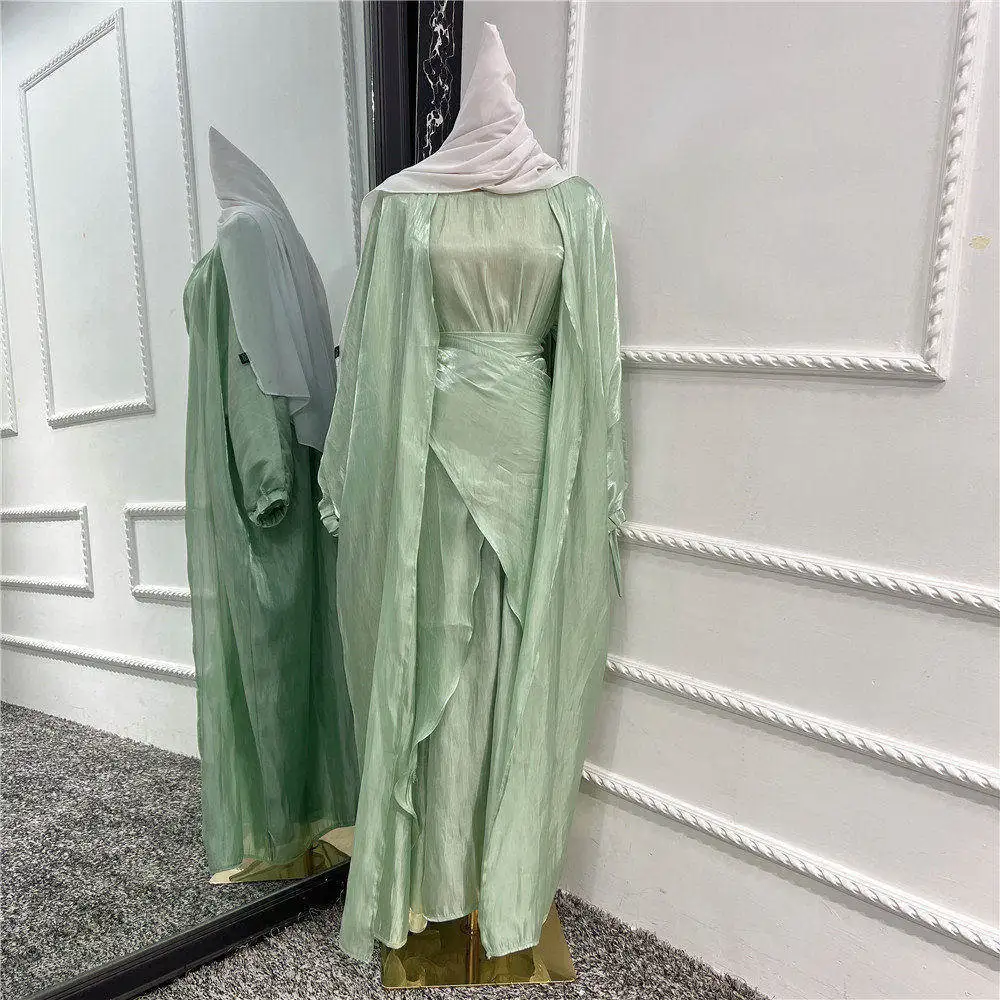
Conclusion: The Abaya’s Enduring Appeal
The abaya dress, a garment steeped in history and tradition, continues to resonate with women across the globe. It has evolved from a symbol of modesty to a powerful expression of personal style and cultural identity. From its traditional roots to its modern interpretations, the abaya remains a timeless piece, embodying both elegance and empowerment. Its adaptability, versatility, and the creativity it inspires ensure that the abaya will continue to hold a prominent place in the world of fashion for generations to come. Moreover, its ability to bridge cultures and promote understanding underscores its significance in a globalized world. Ultimately, the abaya’s enduring appeal lies in its capacity to embrace both tradition and innovation, making it a truly timeless garment.
